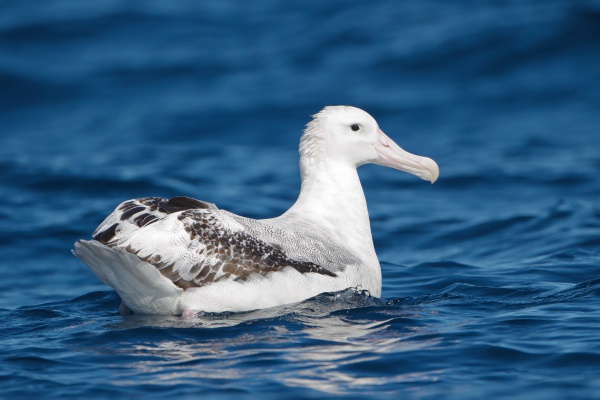Facts About Wandering albatross
The wandering albatross, known by various names such as the snowy albatross, white-winged albatross, or goonie, is a captivating seabird from the Diomedeidae family, with a range that encompasses the Southern Ocean. First described by Carl Linnaeus in 1758, this magnificent bird was once classified with the Tristan albatross and the Antipodean albatross. However, contemporary experts now consider them distinct species.
What sets the wandering albatross apart is its extraordinary wingspan—the largest of any living bird—ranging from 2.51 to 3.5 meters. These birds are renowned for their remarkable long-distance flights, with some individuals even circumnavigating the Southern Ocean multiple times within a single year.
Wandering albatrosses breed on various subantarctic islands, such as South Georgia and Macquarie Island. They spend most of their lives gliding through the skies, only landing to breed and feed. These birds are known to form lifelong mating pairs, breeding every two years and laying just one egg each breeding season.
Regrettably, the wandering albatross faces several threats, including longline fishing and pollution from plastics and fishing hooks. These challenges have led to their classification as vulnerable by the IUCN. Conservation efforts are underway to reduce bycatch and safeguard their habitats, which are crucial for their survival.
Historically, wandering albatrosses have had a distinctive relationship with humans. Sailors once captured them for their long wing bones, while the Maori people in New Zealand used them as a food source and for crafting various items. The expression "an albatross around his neck" signifying an unwelcome burden, originates from Coleridge's poem "The Rime of the Ancient Mariner."

 Zimbabwe
Zimbabwe